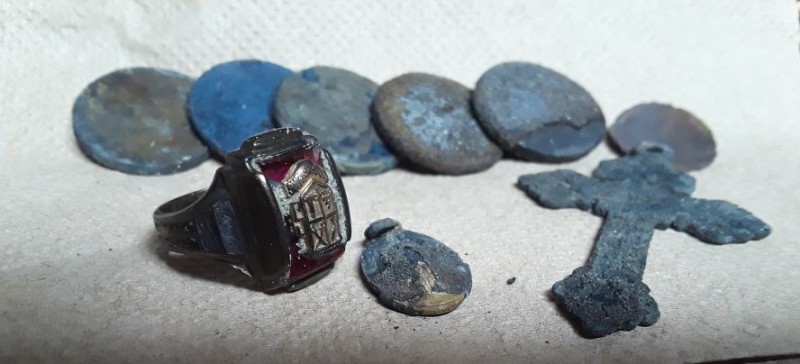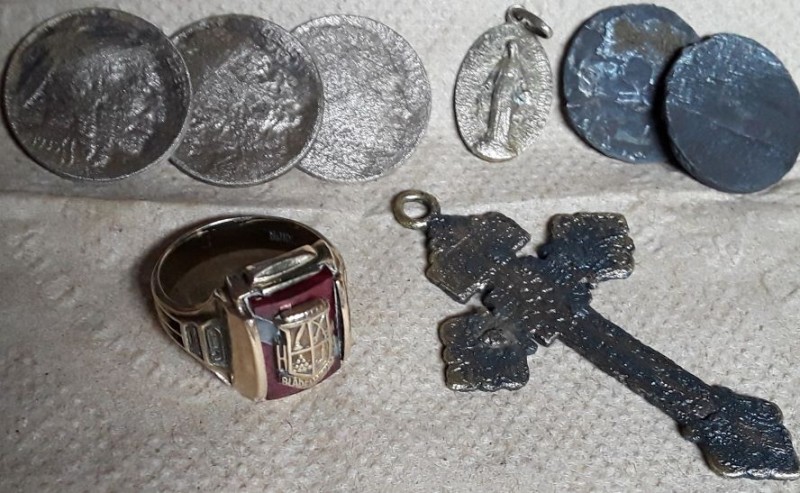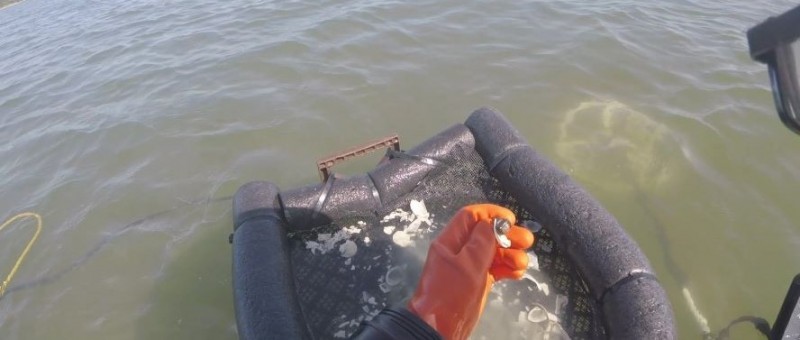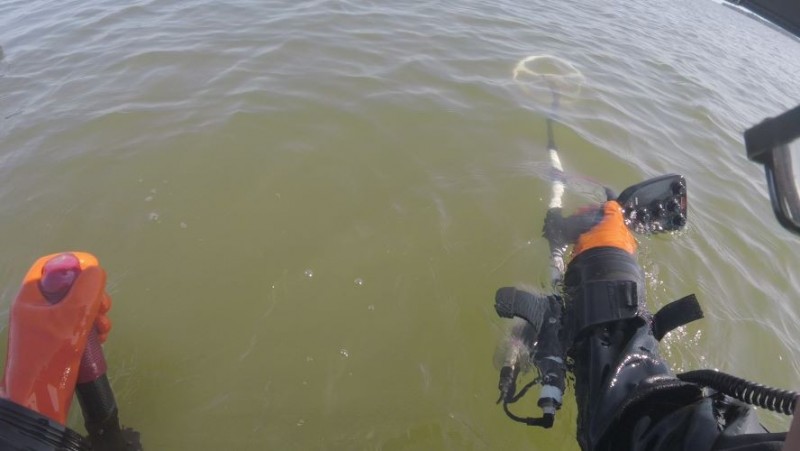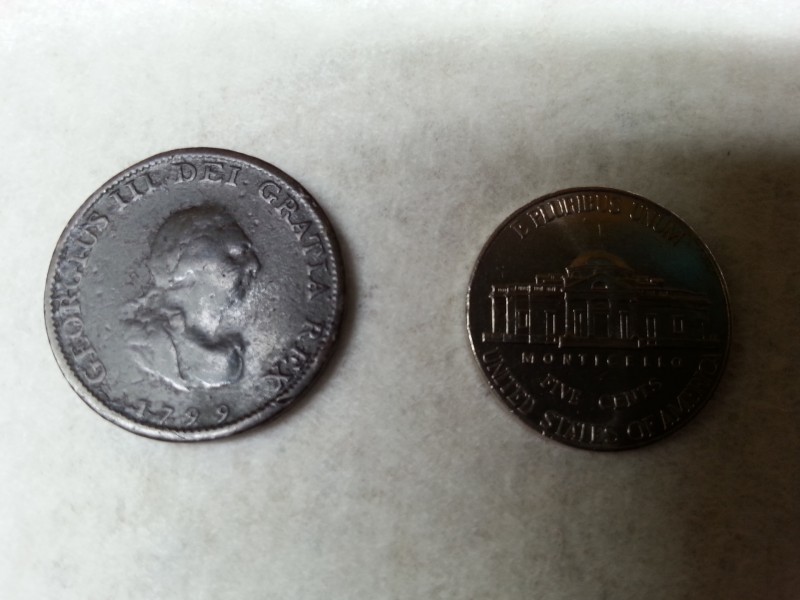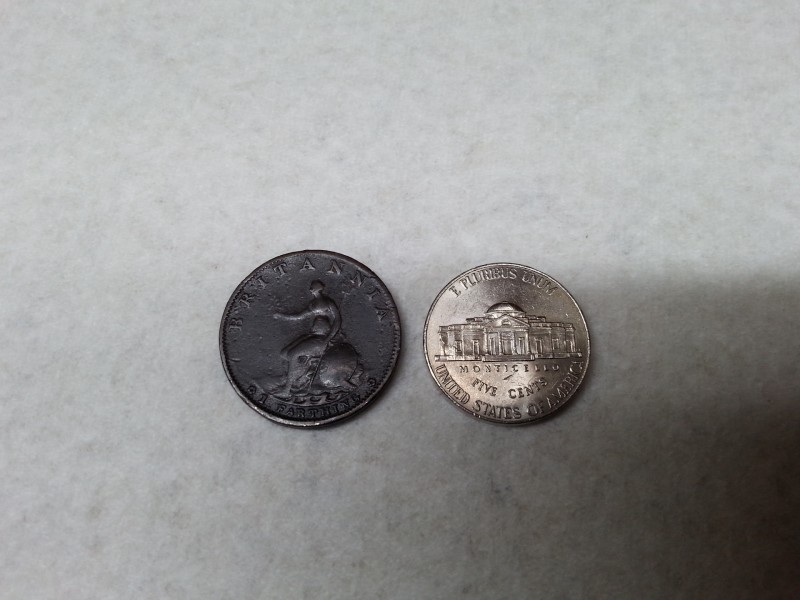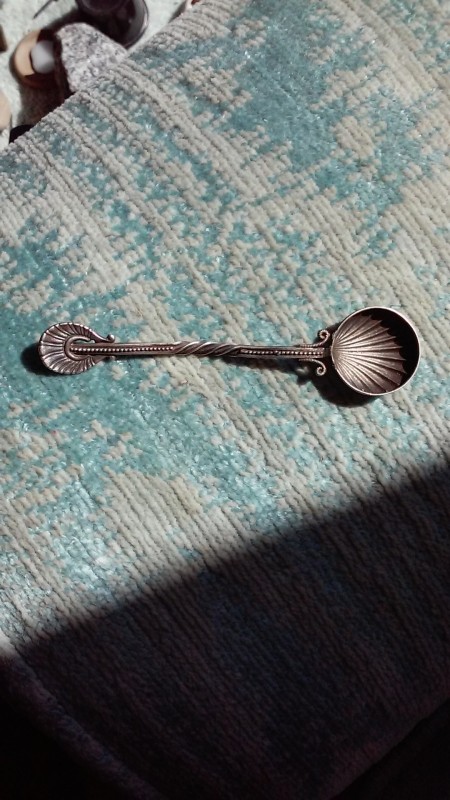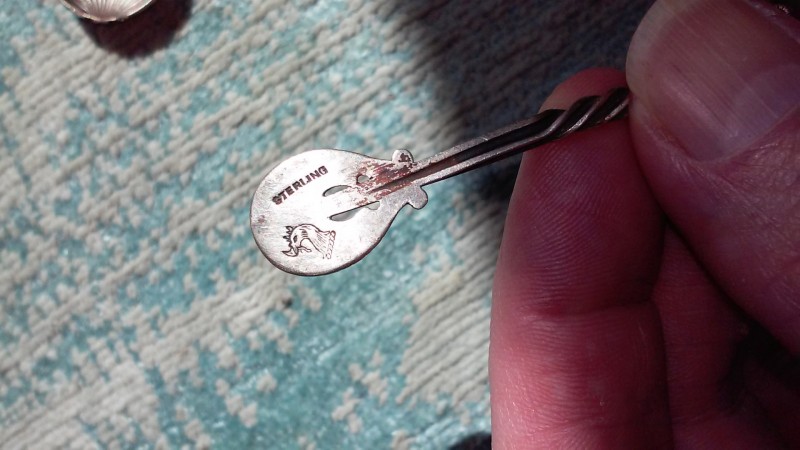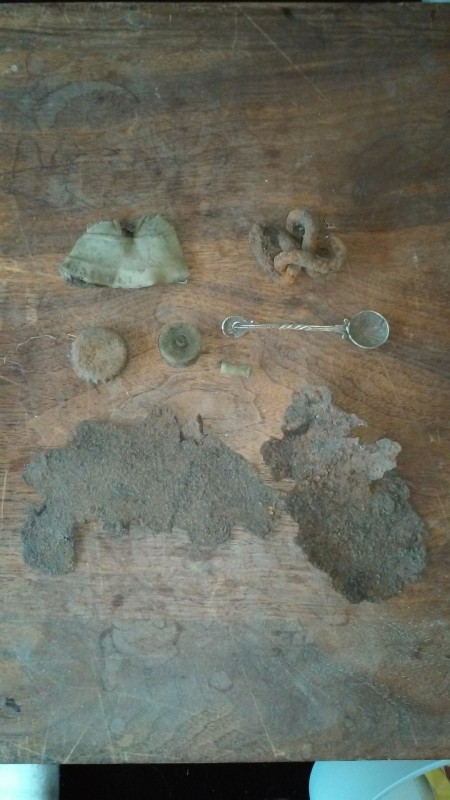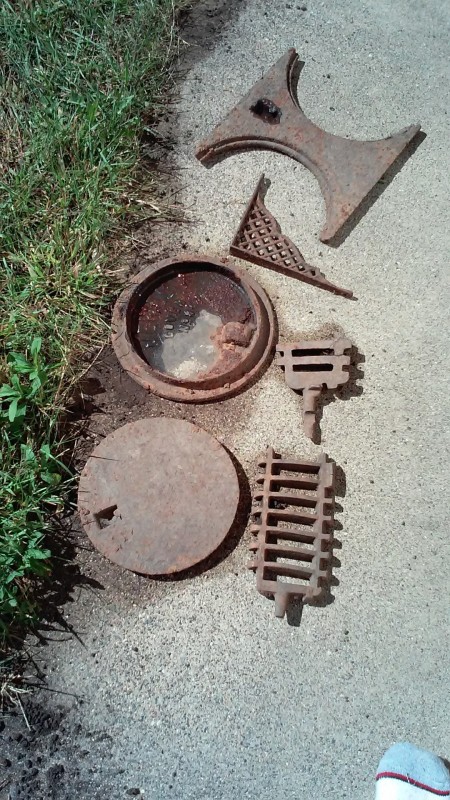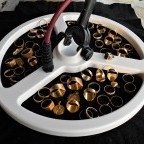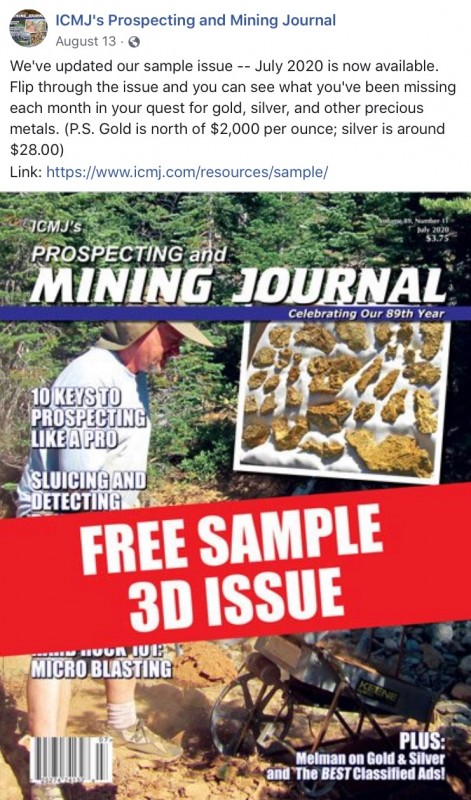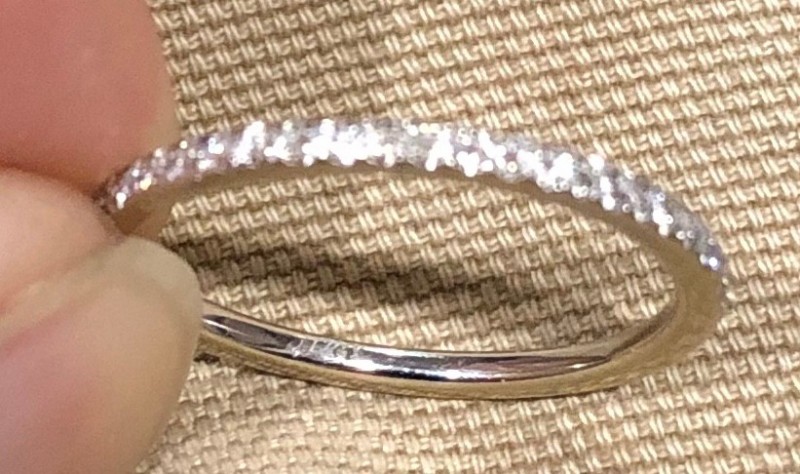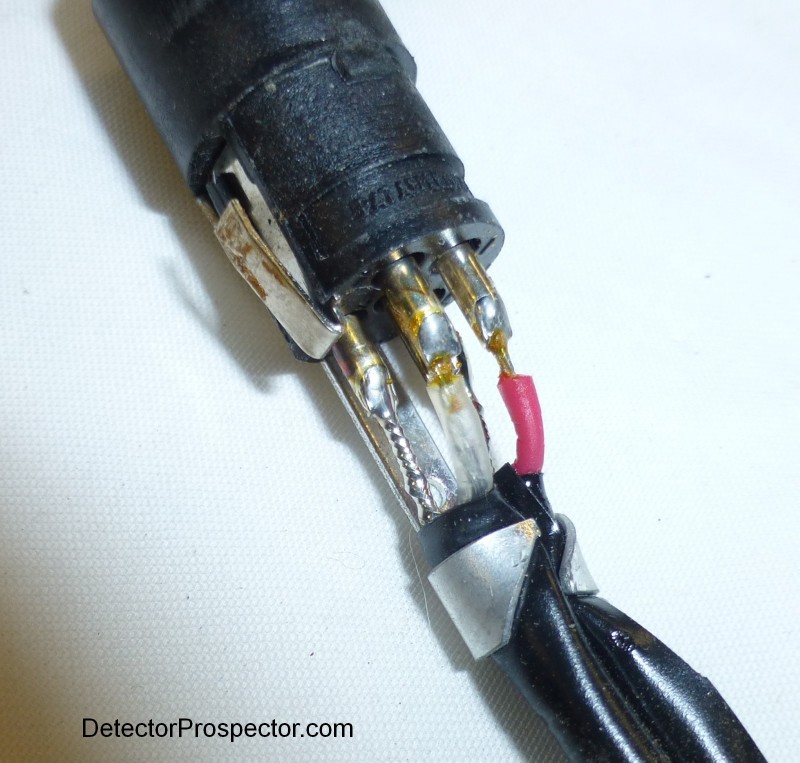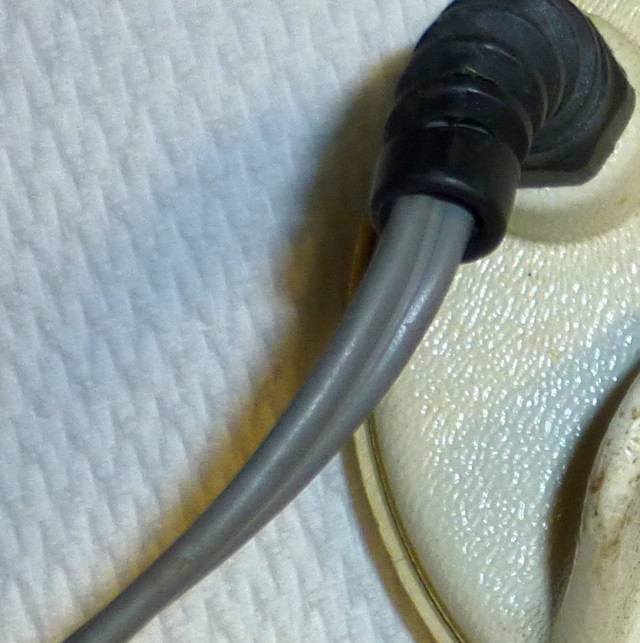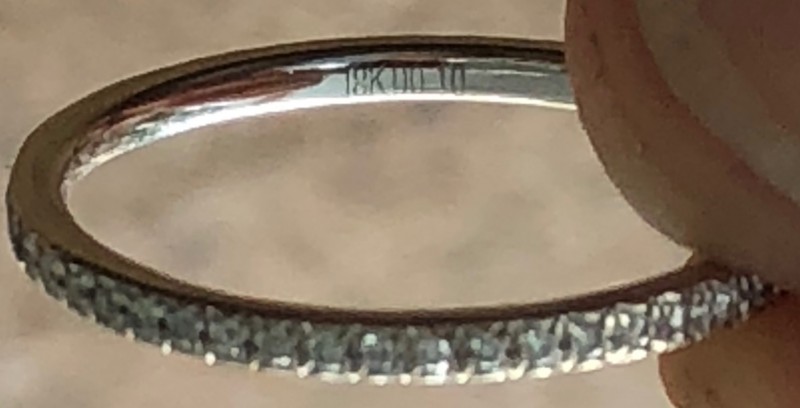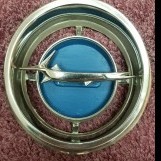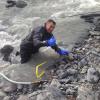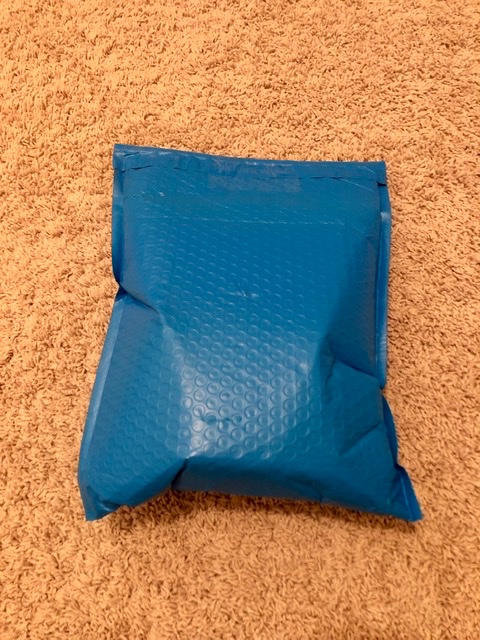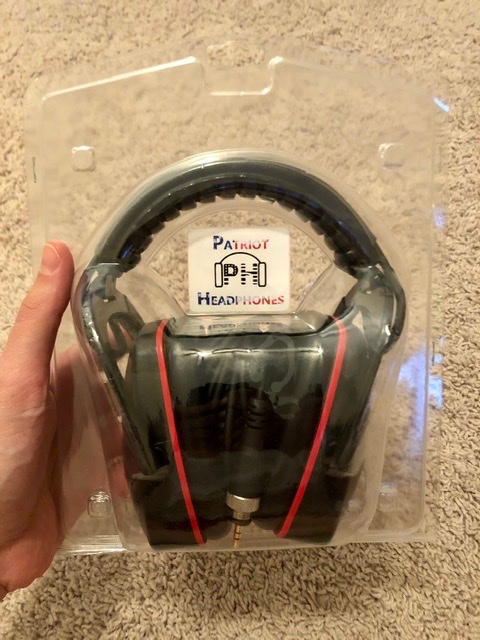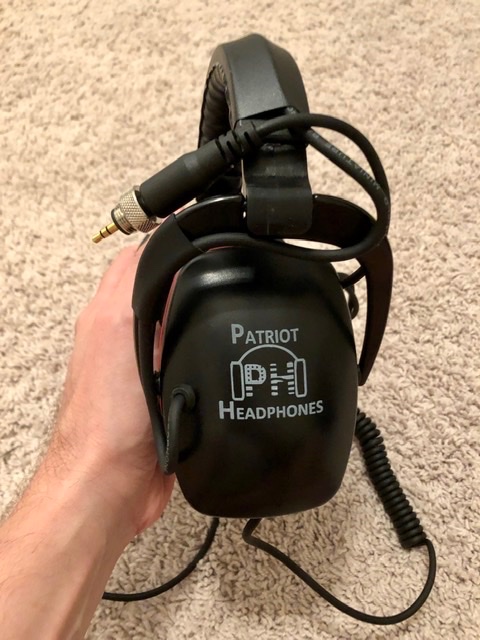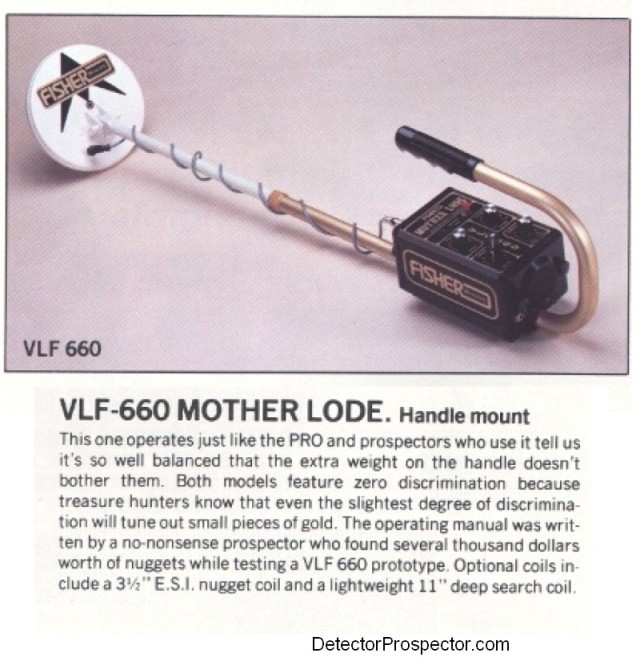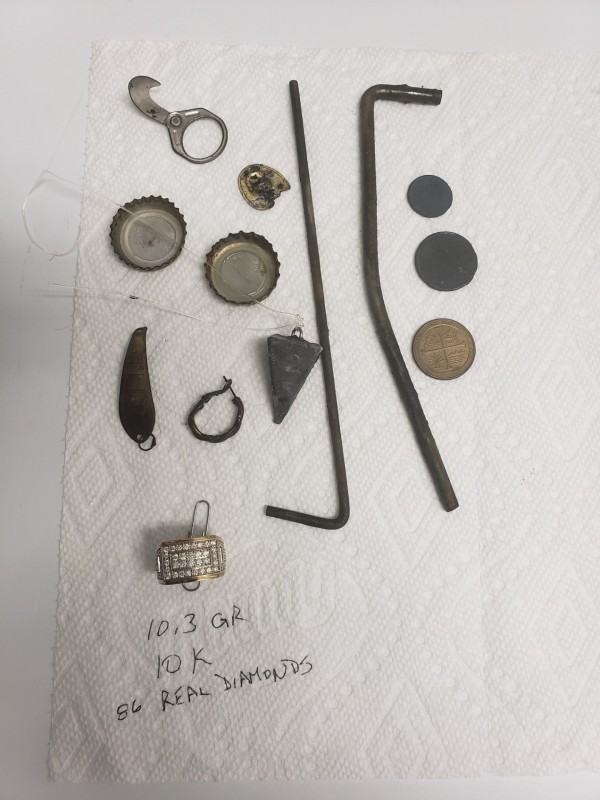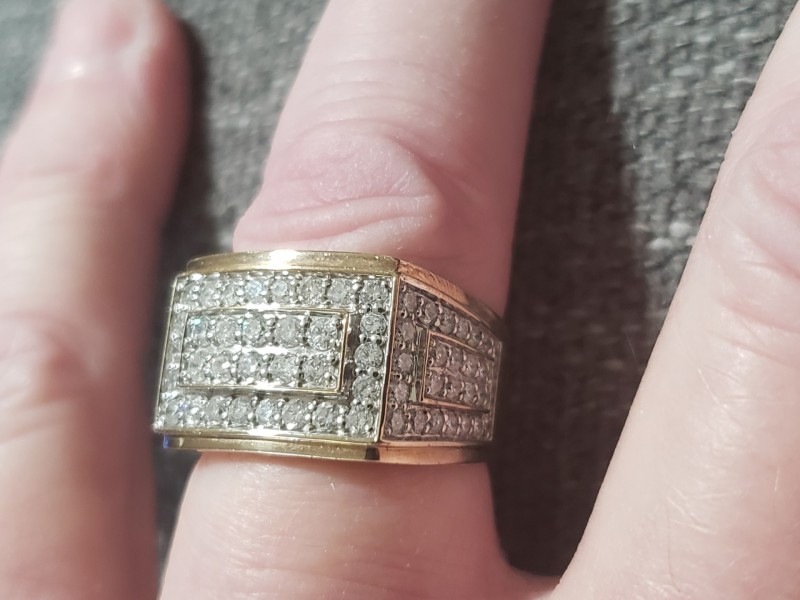Leaderboard
Popular Content
Showing content with the highest reputation on 09/25/2020 in all areas
-
WInds and tides have been bad the last week along with other projects keeping me busy. So to mix the project side of it I took CDV's battery out for a test spin Weds. Not a lot of targets but scored the 10k Class ring early. As soon as I walked out I got a buffalo, small medallion then the gold ring. The AQ seems to dislike silver even in All metal mod...but loves nickels..both medallions are brass. Gold #22 for the AQ..depth on the 8.4 10k I could have sworn 2 feet but measured around 16 inch's..14 points
-
I have been learning my grandfathers equinox 800 metal detector for the past couple of weeks and digging more trash than anything. I was back at it again in his back yard after watering the holes I have dug in the past, almost 300 of them by now, when my grandmother asked me to go back to where an old log cabin used to be. As I turned the corner of area where it used to be near the pine trees, I had a strong signal of 23 and 24. I stopped and rechecked in several directions. I noticed that every direction showed the same numbers and used the pin pointer mode and marked the spot. The 800 was in park 1 at factory settings, and showed that it would be about 5 arrows down. I started to dig in the dry ground removing the top few inches of dirt and grass. I went to the tool shed and picked out a shovel knowing how hard the ground was I needed the added ability to dig. After I got down about 6 inches and no signal on the carrot yet I kept digging. Once I got down 8 inches deep I got a signal on the carrot and began to carefully poke around the ground to remove the dirt where the signal was coming from. I finally saw what was giving me the signal and removed it from it's tomb. Since there was so much dirt still clinging to it I rechecked the hole and nothing else was in it so I filled it in. After cleaning the dirt of with a little bit of Dawn dish soap and water I could make out what was on it. I first thought it said 1 farting, but later was able to read 1 farthing a British coin. The date was 1799 and I am shocked that I was able to find it. Here is what was on grandfathers property, and yes I am going to keep searching the area for more items. I fully expect to dig at least another 15 pounds of trash before I can say I have covered his yard properly. I wish I knew more on how to clean coins and I am reading the forum on just how to do that before I ruin anything. Grandfather never got to clean some of his coins and I really want to get those done for him.11 points
-
With this weeks output, 8 units the last two weeks. Hope the trend continues and increases.8 points
-
Running the Deus today using the Hot program with full tones, i was delibaratly digging out the big iron ,this program is great for telling what kind of iron you have i dug about 12 large iron s , and we know Iron can mask so i was digging it out and then i got a solid high tone that was clean and high 85 solid hit up comes a sterling silver spoon5 points
-
Basically you are talking Filters, Recovery Delay, and possibly SAT settings, page 52 of the V3i Owner's Guide. I excerpted a copy below. There is a good post by Mike Hillis at Dankowski's on V3i filtering options and how they affect performance. Older designs often refer to having "two filter" or "four filter" methods. Here is a post by Monte that discusses that subject. See also "Ground Filtering" in the DFX Engineering Report by Mark Rowan. And don't forget - smaller coils separate better. White's V3i Owner's Guide, Page 52-53: FILTER & SPEED – Choose features that match the detector’s circuitry to the conditions and personal preferences. Search – Selections active in the search mode, TRIGGER on grip in center position. Ground Filter - Electronic filtering optimizes penetration / detection depth. Less filtering increase detection depth in low ground mineral areas, however, doesn’t penetrate high ground mineralization well. Greater degrees of filtering increase detection depth in high ground mineralization, however, doesn’t penetrate low ground mineralization well. Spectra V3 offers eight combinations of digital filters. Four different filter frequencies each with a significantly different Band and a High Pass version. Filter speed HZ - defines the speed of the filter process: Lower numbers – 5 Hz and 7.5 Hz allow the filter to process more signals at slower search coil sweep speeds. Higher Numbers – 10.0 Hz and 12.5 Hz, process signals at a faster rate allowing for faster search coil sweep speeds. Filter Types: Band Pass- Typically superior for mild (low mineral) ground types and rejection of external electrical noise / interference. Uses a narrow range of filtration. High Pass – A faster filter with a broader range of acceptance. Most Programs use a 10 Band Pass Filter allowing normal ground rejection at normal sweep speeds. Selecting a filter other than 10 Hz Band Pass allows adaptation to personal search coil sweep speeds and localized ground conditions. 5.0 Hz Band Pass – Better noise rejection, (Very low ground minerals), very slow search coil sweep speeds. 5.0 Hz High Pass - A little more sensitive in areas free of external electrical interference. 7.5 Hz Band Pass - Better noise rejection, (Low ground mineralization), slow sweep speed. 7.5 Hz High Pass – A little more sensitive in areas free of external electrical interference. 10.0 Hz Band Pass – Better noise rejection, (Medium ground mineralization), medium sweep speed. 10.0 Hz High Pass – A little more sensitive in areas free of external electrical interference. 12.5 Hz Band Pass - Better noise rejection, (High Ground Mineralization), fast sweep speeds. 12.5 Hz High Pass – A little more sensitive in areas free of external electrical interference. Recovery Delay - 1 – 200 200 = slowest. Additional and separate (beyond filtration) selection for the signal response time. Short response time benefits performance in high trash by providing better target separation. A longer response time allows a larger window to detect deeper targets. Ideal Recovery Delay is dependent on Ground Filter selection, ground mineralization, trash density, and your average sweep speed (how quickly you move the search coil). SAT (Self Adjusting Threshold) - Off – 40 40 = fastest - Adjusts the speed at which the threshold is automatically maintained during searching. Used to stabilize All Metal modes. Higher numbers are quick to correct threshold variations, however, require quicker search coil sweep speeds to maintain metal detection in the All Metal mode. The ideal setting is one that maintains a steady threshold considering your average search coil sweep speed and ground conditions yet continues to detect metal targets at your slowest search coil sweep.5 points
-
Did a quick run over at the river bank and was able to pick out a couple Indian heads, 1903 and 1892. Also found a small musketball. Numbers are all but useless on any machine due to the iron. Usually hunt by hear a target, take a scoop then re-sweep to see what you have because of the high iron in the ground. Some areas are pretty clean but of course there are rarely targets there.4 points
-
Hello. I know this is about the V3i and I'm not going to hijack this thread, but when I watched this video about the DFX (it was a White's presentation at K'co) it explained a lot of things like sweep speed, coil type and size, recovery delay, tracking speed and so on very good to me and helped a lot even to handle the Spectra's.4 points
-
That's quite a recounting of history, through the eyes of an icon of metal detector engineering. Ironically (maybe 'coincidentally' is the better word) I was thinking in literally the last couple days that it would be interesting to read about the milestones of metal detector development. I think Dave nailed two of them -- ~1974 -- the invention of ground balancing VLF detectors, and ~1981 -- the development of motion all-metal and discrimination techniques. There are other tidbits in that article, too, such as his statement "The lessons learned from the 1265-X made the later CZ's possible. The 1200 series is gone except for the 1280 Aquanaut which is a specialty nitch item: the CZ platform (originally the CZ-6) is still with us, circuitry almost unchanged 23 years later as the CZ-3d and the CZ-21." (Steve, I think you've said this or similar here on at least one occasion. Now we have it from "the horse's mouth.") As I review my old treasure magazines from 1970 onward, it's an interesting contrast to today's development/innovation. They went from no ground balancing, no discrimination detectors (BFO's and T/R's) to motion discrimination in about 8 years. They didn't stop and rest on their laurels then, either. And it wasn't just one company protecting (with armed guards) patents like they were Fort Knox gold. It was many companies frantically creating products in competition -- great for the consumer. There has been speculation here that Minelab intentionally holds new detectors on the shelf until either competition starts to creap in or they need some extra capital. Personally I question if they do that, but certainly back from the mid-70's all the way up into the 2000's I doubt anyone dare take such a risk. "You snooze, you lose." Thanks for the link, Steve. (Got anymore? 😁)4 points
-
Very good hunt ! It is difficult with analog to be very sensitive to silver and very sensitive to gold simultaneously. A digital version can correct this. I preferred for this version a maximum sensitivity to gold jewelry. Although prospecting is a passion, this type of detector is made to find as much gold as possible. Two years ago an ounce of gold was at 1176 dollars, it reached 2067 dollars last month ... It is only the beginning, the prices are maintained artificially 5 times below their value.4 points
-
3 points
-
You've joined the 18th Century club so early in your detecting career! (I haven't, yet.) Very nice! Your grandmother obviously lives in an historic site. You (and your grandfather) have told us about the church that was there from long ago. Maybe this cabin preceded it. I agree with Stu that this coin looks quite nice as is. Cleaning further will only drop its eye-appeal (to most). 'Patina' is something prized in collecting. I'm sure your grandfather, who you've told us was involved in antiques, would agree.3 points
-
3 points
-
I recently bought a Tesoro Diablo II nugget detector on local Craigslist for a really great price. I wanted a nugget machine because I currently don’t have one and I had never seen, much less owned - a Diablo II. It comes after the Diablo and before the Lobo, Diablo Micro Max, and LST. It uses the same 20kHz coils as the original Lobo and is all metal only. The main reason I went for it was that included in the price was - A Hodan pick, a Faswing rock hammer, driving hammer, two drills and a pair of snake proof gaiters - plus a couple of loupes, a Keene “gold Magnet”. I was telling a fellow AZ Treasures Unlimited club member about this and mentioned that a while back, it was posted (here, I think) that these were no longer available because the company was no longer making them. If I remember the post correctly, it went on to say that it was because John Hodan had passed on. I am delighted to announce that while the company is gone, I am reliably informed that John is alive and well.2 points
-
I watched ad counts go up and down with the price of gold for decades. The number of ads in the ICMJ is a rough indication of the strength and vitality of the hobby and industry.2 points
-
2 points
-
The Sharpshooter coil would get my vote,absolutely stunning combination on my T2 infact that combination has snagged me more gold coinage both hammered and milled than almost all my other machines put together.The NEL Snake is also another very good coil and about the best coils build quality going. The Mars Tiger coil albeit one of the toughest coils going and i have used one from brand new out the box for about 2 hours use,it back in the box and not been used in maybe 2-3 years,but both the NEL coils that i have mention are stellar performance wise,another 2 NEL coils that i also use on the T2 are the Storm and the BIG NEL these coils are mainly used for deep pasture detecting and when ground coverage is also required. But for me possibly my all time favourite coil and especially on the T2 is the NEL Sharpshooter coil.2 points
-
I used the software version 3.x in the field (same park) for 57 hours. I realized that I never used 4 kHz (and have no plans to use it, except in unwieldy EMI) so I decided to go back to v2.x and see if I noticed any difference. My first hunt with the legacy software lasted 2 1/2 hours. At the end of that time, walking back to the car, I remembered that I had switched software. Nothing during the hunt reminded me of that. I was in Park 1, ground balanced, no notching, custom 5 tones, recovery speed 5, Iron Bias F2 = 0, gain = 22. (Those are the same settings I've been using the entire 57 hours with v3.x.) I set up User Profile in Field 2 , defaults, except Iron Bias F2 = 0. I only used that to investigate promising targets I found searching in Park 1. I also investigated with Park 1 changing Iron Bias to two different values -- F2 = 9 and FE = 0. I haven't had EMI problems since intalling v2.x last Autumn. (And I can't say for sure that is because of v2.x. EMI is so variable in both time and space that it's a moving target in the field.) This is just another datapoint. There are so many settings combinations (even if you just use the 8 modes and vary only recovery speed and Iron Bias) that it would take a Herculean effort to cover all of them. So far from my limited experience I've found no noticeable difference for my 'stock' settings. I'll probably hunt a few more hours in v2.x and then return to v3.x. That transition will give me another chance to notice a change. At least the 4 kHz single frequency option adds another bullet in the gun to fight EMI if it rears its ugly head.2 points
-
Well done. I wouldn't clean it any more than it is. How deep was it? Thinking you may have some fringe targets that may not give you the best numbers so go by the size of the sound, look for the whispers.2 points
-
That is older than any of mine coins,but at least Simon and me are in countries that are 200 years newer than USA with British occupation. 😏 That is a fantastic find. As for cleaning coins wait till you have a lot of them (which will not be long) then look at the dates and mint numbers and experiment on those that you are willing sacrifice, however a bit of water and soap once the dirt and grit have been removed is OK. Keep the legend going.2 points
-
Because of the way ML marketed the Equinox, it is a common misconception that the 5 through 40 khz single frequency components are what are combined to create the multifrequency spectrum of the equinox. That has been proven by third party spectrographic measurements to simply not be the case. In other words, 5 khz single frequency and it's performance has nothing to do with how Multi behaves. Do some searches on the forum (e.g., Equinox multi frequency spectrum - one example from this very thread below) and you will learn that the multi spectrums have little if anything to do with the any of the single frequency components. They are comprised of combinations of two or three odd frequencies that do not line up with the single frequency settings. Frankly, whatever the chosen single frequency components that comprise the various Multi frequency mode spectrums is not as important as the signal processing algorithms which also differ from mode to mode. 4 khz is also noticeably quieter than 5 khz which leads me to believe that Minelab is field testing a new signal processing algorithm to reduce noise overall and may incorporate that algorithm (not 4 khz) into a future iteration of Multi IQ. Depth is so dependent on so many variables that it really can't be ascertained by what people think is in the ground and their anecdotal field performance. There are no guarantees that you will find things at 12 inches and that is really pushing it for an 11 inch coil anyway in nominal ground. I can tell you that I have had highly variable depth performance with Equinox including finds exceeding 15 inches in wet sand and nothing deeper than 3 or 4 inches after hours of repeated hunting at some highly mineralized relic sites. The Equinox is no better or worse on simple detection depth performance than any other modern vlf out there. They all perform about the same for a given coil size within an inch or so. Effective depth, the depth at which a target can be accurately ID'd vs. simply detected (beeped) is the thing that varies most from detector to detector. The Equinox seems to be above average in that regard. HTH2 points
-
That's a nice looking coin, and I'd be suggesting not to try cleaning any more. Cleaning can be difficult at best with these GIIIR coins - where it it rare to see one out the ground looking so nice. Over here (UK) these are normally green with the surface detail a mass of small corroded craters, but every so often a nice one may turn up depending on the ground. Nice find.2 points
-
2 points
-
The AQ is not a silver magnet. To the best of my recollection, a nickel air tested better than a silver dollar on the AQ I sold OBN.2 points
-
2 points
-
Fun and interesting video, but, it would have been better with a REAL head to head comparison and not just random individual finds. Why not compare each signal with each detector BEFORE they're dug to see what audio and I.D. signals look and sound like. He didn't really remark on how chatty the field was with the Vanquish or his buddy's Simplex, just the Apex. How would the Apex have been with the sensitivity turned down a bit to make it stable? What were the settings on the Vanquish and Simplex? Just from what little I could glean out of this rather limited test, I would choose the Vanquish.....or maybe the Simplex, but, the finds could have been random luck or operator experience/expertise.2 points
-
A contact zone isn't necessarily a definite, easy to trace line between two types of rock. It can be, but not always. For instance, if you have shearing between two rock types along the contact where structural weakness occurred then you might have quite a large zone (10+ meters) of gouge, and it may look undefinite or difficult to delineate. The gouge is also structurally weakened compared to surrounding rock so it can provide channels for fluids, so it might appear as a large swarm/zone of quartz veining, or at least that may be the easiest way to see it. Calcite is another common one to see here. Veins don't necessarily mean contact zone, faulting or shearing though, conversely. Geology is complex because so much time can pass in which things can change, and one small area can experience a massive variety of different mineralization sequences, erosion, and structural alteration because our planet is dynamic. There is often no simple answer, and each location kinda needs to unwrapped and solved individually. You are asking the right questions though. I don't have the answers to all of them because I am still learning too. Going beyond "gold is where you find it" and thinking about stuff like this is, IMO, what makes the difference between a prospector and detectorist. I think Tboykin also mentioned something else I agree with, and you have spoken about too - a pan is sometimes more useful then a detector looking for pockets/hard rock sources. As most pockets I've ever found or known about have all had a lot of flour gold in the dirt leading to the pocket. If you aren't finding flour in that hillside patch, then it might indicate that wash/stream reworking is occuring as the desert washes during monsoon can just concentrate heavier gold and wash away flour. If you are finding flour but no nuggets in that area with all the interesting looking potential ore, then you may want to spend a few hundred bucks to assay some samples. One good hard rock project, if it has scale, can be worth 20+ years of nugget shooting. Similarly, the depth at which you find the flour can go a long ways pointing you where to look for a source. If it's only deeper than it may mean your source eroded away already, or has been reburied. Finding it on the surface is a good indicator that there may yet be something to discover in situ still. I spend less and less time with a detector these days and more time with an ATV, GPS, and a ton of sample bags. Take them back to camp and pan them, then concentrate on places showing color with the detector. But I am not really looking for nuggets any more, I'm concentrating on larger scale stuff to develop and sell to companies, as the challenge and puzzles never deplete so I can do this for the rest of my life, while nuggets are getting really not very profitable to find these days unless one lives right in the goldfields.2 points
-
The wet beach sand didn't produce much early this morning so I took a few swings around the dry sand on my way back to my parking place. I was using Park 1 at 20-21 and switching between multi and 4khz to know what I might be digging. I do think the multi is deeper and I found some clad in the same location with maximum depth of 8" I think. What is the little heart/star piece? I put the coins in my pouch and didn't know I had a silver until I checked them at home. I don't know exactly which hole I dug that resulted in the quarter (1946). The nickel is a 1936 Buffalo and the penny is 1952. I'll go back.1 point
-
I have always wanted to visit this park. Large diamond was found this month. When I was younger I prospected for diamonds in SW Wyoming. https://www.cbsnews.com/news/man-finds-9-07-carat-diamond-arkansas-state-park/?ftag=CNM-00-10aab6i&linkId=1004536631 point
-
Recovery Speed for spectra V3 for jewelry and coins ... Multifrequency 3F and Best data ON ... 1. use Mix-mode ... it works faster than discrimination ... Sat at 20 and more, and 2 tons .. The response speed of the detector is quite derived from the Grunt filter ... so use 10hz, Band / High or 12 hz Ground filter- Band. The 12 hz high Ground filter will be the fastest and best separates, but the detection range will be significantly lower ... 2. Set the "Recovery delay" for fast separation to 18-20 max ... but not less if 18 ... because you will lose a good signal for very small things .. and also the range for small objects will fall .. On coins .... there is still a safe recovery delay even 10-15 ... Use setting the bottle cap to OFF- it's iron bias so it's good when it's off .... the detector will be visibly faster in the separation ... Set Audio Modulation to OFF.1 point
-
1 point
-
1 point
-
Companies are less enthused these days about spending a lot of money on color print catalogs. It costs a lot, and no way to update when something changes. Cases of them printed at great cost often end up in a dumpster, wasting money and trees. Fisher has not printed anything up in awhile, and the last catalog I had was from 2016. Anyway, I managed to locate a Fisher 2018 metal detector catalog, which appears to be the most up-to-date one done. You can download it at the link, but the only change I see from the 2016 catalog is the addition of the F-Pulse pinpointer. Nice brochure though if you do not already have the 2016 version. Presumably once the new Fisher Impulse models are sorted out, it will be time for a new brochure.1 point
-
I was not prepared for the amount of ads in that publication!1 point
-
1 point
-
Once I get the detector back I'll do something up. But I have used this detector and coil combo before and there are limits to what a small coil can do as far as enhancing small gold capability. The machine itself has inherent limits. However, nobody has compared the original Gold Bug to the modern digital version. Since I just happen to have a new 19 kHz model on hand, I will test them both on tiny nuggets to see just what the difference is. I believe it will be instructive as people tend to focus just on frequency, but there is more to it than that.1 point
-
Steve .... Can you do a more detailed review of the Fisher Gold Bug detector with a 3.5 "concentric coil? ... and also a comparative comparison with some other gold detectors? ... on your more mineralized terrain? I believe that this coil will bring increased sensitivity to very small gold ,,, I think it would be an interesting topic ..1 point
-
1 point
-
Love that class ring! The older one's look so much nicer than the modern one's!! The King Tides have been keeping the water way up, here in Florida! Plus with the big waves and winds, alot of sand removal, and beach leveling has happened! No cut's though! So finds have been sparse! Once everything calms down for a week or so, we should get some good sorting, and maybe some good finds!👍👍1 point
-
WTG, another nice old class ring. To bad the silver gets eaten up so bad, you'd have a heck of a collection of silver coins. Cliff1 point
-
1 point
-
Can't comment on the Mars coils but both the NELS and the CORS (same company) coils have worked very well for me. I've used them on a Teknetics ETP, 8500, Fisher GBP, F75 and F19, Nokta and Makro Anfibio, Racer, Racer 2, and Multi Kruzer.1 point
-
That sounds good to me. I would rather have a gold magnet than a silver magnet for my hunting situations.1 point
-
Excellent test you did phrunt! That puts a lot of the mystery about EMI and the new update to sleep.1 point
-
Great pictures of the Angry Surf Gods doing there thing! One thing about treasure hunting, you just never know..1 point
-
Approximately 3 hour hunt (one battery), about 2 hours in the water in the Gulf. Water was almost flat with a slight current, bottom was rippled. This particular beach doesn't get many tourists and is somewhat out of the way, I didn't expect a lot of targets. Since I still have loads to learn on the machine, I didn't spend a whole lot of time with any specific setting as I was trying to see what adjustments did what. Hunted in all metal the entire hunt. I found you really need to hunt slow to avoid any rising threshold due to swinging into deeper water. Sensitivity adjustments and delay adjustments helped. The machine was more than useable in the water with the exception of the coil connector when it enters/exits the water. Odd thing on that was I thought I was shallow enough but the connector sticks out a good ways..... The tent stakes, sinker, and bottle caps were from the wet sand. The few other targets were from the water waist to chest deep. The dime seemed to be the deepest target at about 3 scoops deep give or take. There was no mistaking the ring as a target, it wasn't a whisper at all.....got it with the second scoop. Pinpointing the target prior to digging was easier with the 12" coil then I had thought it would be. Balance on this machine is really good for wet/dry hunting, however, it did take a few adjustments to my typical hunting style to have good coil control in the water, it does show you how "bad" your normal coil control may be.... You sure don't have to worry about when the battery is getting low, it lets you know when it is time to change batteries or go home! All in all, I'm liking this machine so far.... Cliff1 point
-
X.... may not be the best in 3D..Test according to me this Gold gain 30khz will do better ... Now for the test .... Andrew you did another excellent comparison test of several detectors in your field ... The truth is that not every detector also has a 3D separation predisposition and some detectors will do it better and others do not have such good assumptions. 2 D tests ... also show well the possibilities of separating a good surface signal in iron..and here is also important the ability of the detector to separate in this type of terrain .... in this type of separation, a smaller coil strongly helps .... so the detector can be replaced by a coil for a smaller one even "Improve" .. Finally, if the detector handles well both 2D and 3D separation test at the same time on a single optimal coil ... we can consider it as one of the top detectors for separation ..1 point
-
I really don't have a hero for metal detecting, however this forum is a great mentor for someone like me. I am a newbie in this area, and have been reading a lot about the 800, and trying to learn what to do with it. At times I just want to beat it against the trees, but I know I have to do my best to continue through the learning process. The people here are kind, knowledgeable, and helpful to the max when anyone needs their help. So I guess this forum is not only my mentor, but also my hero. Thank you all for your help.1 point
-
I don't use it as often as I could, because the button assignment is super uncomfortable.. we had that discussion every now and then. It would be cool to swap the frequency button with the user profile button..1 point
-
1 point
-
They don't need no stinkin' kids detector! Slap a GPZ in their hands and tell them to get to work!1 point


.thumb.jpg.d71314a45f3dc82bf75ac1b96e7e9201.jpg)
.thumb.jpg.95344db3aeef0a4c6c73420daa366191.jpg)

